 The Electric New Paper :
The Electric New Paper :
MAN LEAVES GERMAN SHEPHERD IN SEA & speeds away from Pulau Ubin in boatPricey breeds of dogs spotted abandoned on Pulau Ubin include:
German shepherd Siberian husky Jack russell terrierBy Desmond Ng
26 May 2009
FROM wild hornbills to flying foxes to wild boars, Pulau Ubin has always been known for its rich biodiversity and natural landscape.
But in recent years, it has also become a convenient dumping ground - for pedigree dogs.
Prized, expensive dogs such as german shepherds, a siberian husky and some terriers have been found abandoned on the island, said some Ubin residents that The New Paper spoke to.
The Society for the Prevention of Cruelty to Animals (SPCA) also received one such complaint a few years ago.
It's unclear how some of these dogs were taken to the island but a Ubin resident, Mr Simon Thang, 48, witnessed a german shepherd being dumped off a speedboat about four years ago.
He has been living on the island for the past 15 years.
The incident happened on the northern part of the island in 2005.
Mr Thang, who was working as a security supervisor on a campsite then, said he saw the boat pull up slowly near the shallow waters.
He suspected something was amiss because it was about 10pm and few boats stop in that area.
'I saw a guy on the boat gesturing for the german shepherd to jump into the water. I thought that the owner just wanted to play with the dog.
'Suddenly, the boat just sped away and left the dog in the water,' he said in Mandarin.
Luckily, the shore was just a few metres away and the dog managed to swim to safety.
Mr Thang said he played with the german shepherd for a while but it ran off and was never seen again after that.
It's obvious that these thoroughbreds don't belong on the island because most of the dogs on Pulau Ubin are mongrels, he added.
Some of the pedigree dogs started turning up on the island about four years ago, said Mr Thang, but most of them have since disappeared.
They could have been adopted by fish farm owners or killed by wild boars which roam the island, he said.
There are a number of floating fish farms situated just off the island.
Irresponsible
Mr Thang also encountered a siberian husky which turned up on his doorstep one evening about two years ago.
'I heard my dogs barking, I went outside and saw the husky just outside my house. It had a ribbon tied around its neck,' said Mr Thang, who lives just five minutes' walk from the jetty.
He fed the dog, which slept in his house that night.
But the dog scooted off in the middle of the night and never returned.
Said Mr Thang: 'It was such a beautiful dog. I am sure someone took the dog and kept it.'
Last year, he also saw another german shepherd outside his house. That dog also ran off soon after.
Mr Thang thinks that irresponsible dog owners who abandon their pets should be taken to task.
'These dog owners probably thought that it was best to leave the dogs on this island where they can roam around,' he said, adding that the dogs are domesticated and one couldn't expect them to hunt for their own food.
Mr Thang adopted a terrier, which he said someone dumped at Bishan Park three years ago.
Mr Chua Hup Guang, a 72-year-old bumboat operator, said he ferried a dog owner with his dog to Pulau Ubin some two years ago.
But the dog owner subsequently returned to the mainland - without the dog.
Said Mr Chua in Hokkien: 'I didn't ask him about his dog because I don't want to be a busybody. But I've heard stories about dogs being dumped in Ubin.'
Mr Chua - who has been plying his trade for over 40 years - said travellers who take their dogs with them over to the island are few, about once every few months.
Another long-time resident, who declined to be named, said he saw some of these pedigree dogs two years ago.
Said the 68-year-old in Mandarin: 'How can these dogs survive here? There are so many wild boars around here which could attack them.'
In Malaysia, villagers caught more than 300 stray dogs and dumped them on Pulau Tengah, an uninhabited mangrove island off Western Selangor.
The dogs were driven to cannibalism after weeks of starvation, according to an Associated Press report earlier this month.
The villagers said they had not intended to be cruel and had believed the dogs could survive on the island.
Mr Madhavan Kannan, head of the Agri-food and Veterinary Authority's (AVA) Centre for Animal Welfare and Control, said their officers have not seen any abandoned pedigree dogs on Pulau Ubin and they have had no reports of such dogs abandoned there.
There is no good reason to abandon these animals, he added.
'In the event a person is unable to keep the animal, they can consider re-homing the pet, seek the assistance of animal welfare organisations like the SPCA to re-home the pet or surrender the pet to AVA's Centre for Animal Welfare and Control,' said Mr Kannan.
The collection of unwanted animals like dogs and cats is a free service provided by AVA.
Under the Animals and Birds Act, it is an offence to abandon an animal. The maximum penalty is a $10,000 fine and a one-year jail term.


























 Palm civet.
Palm civet. 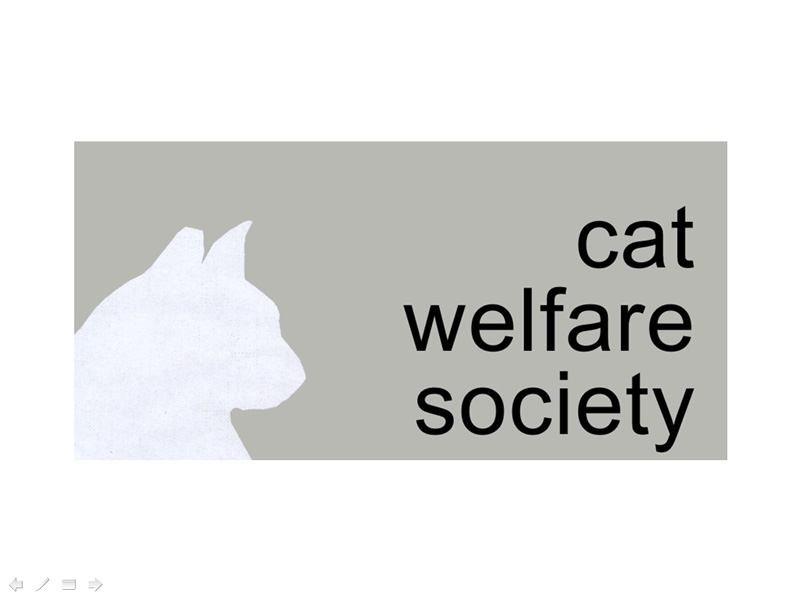

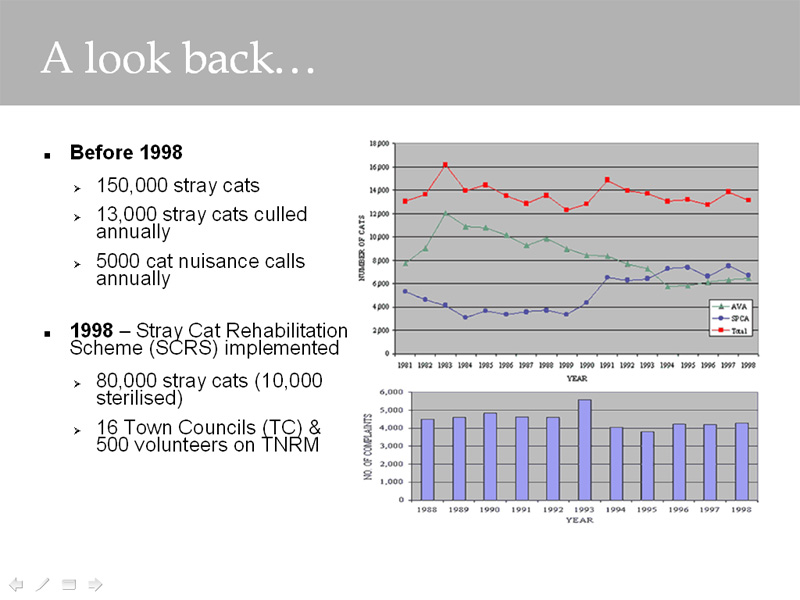
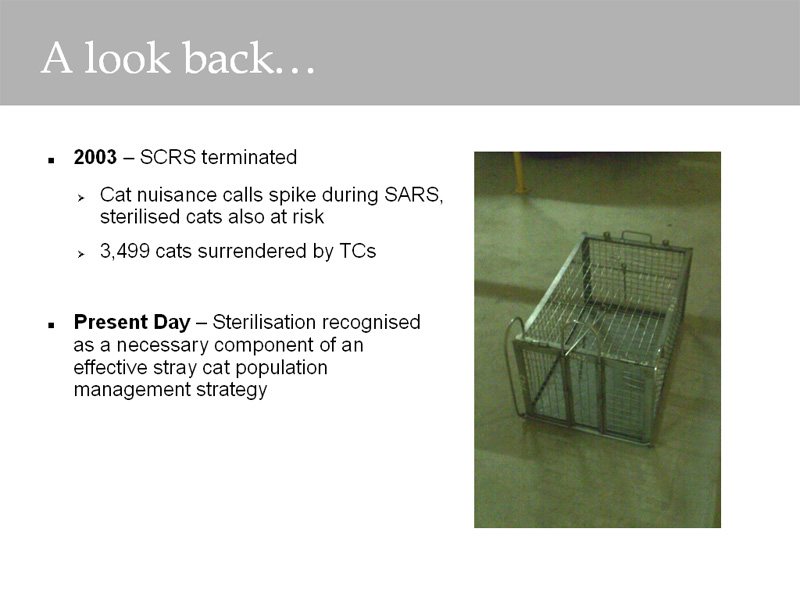
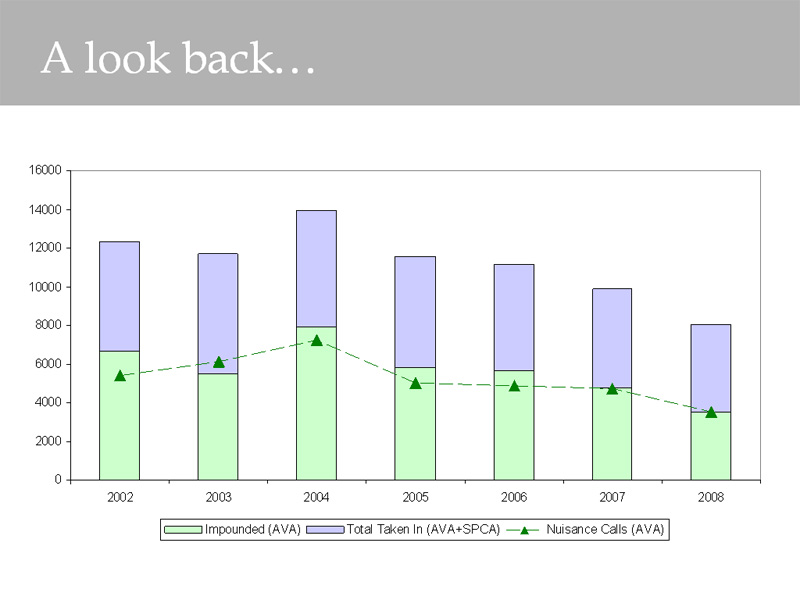



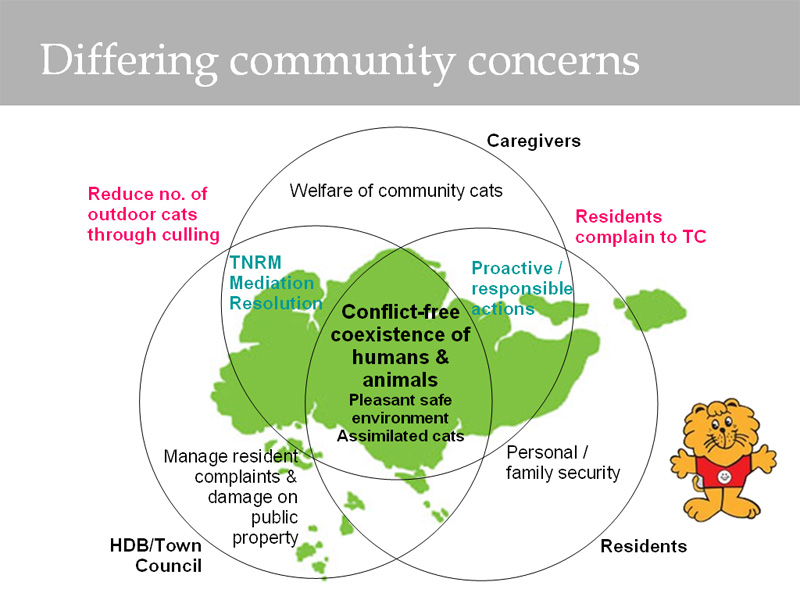
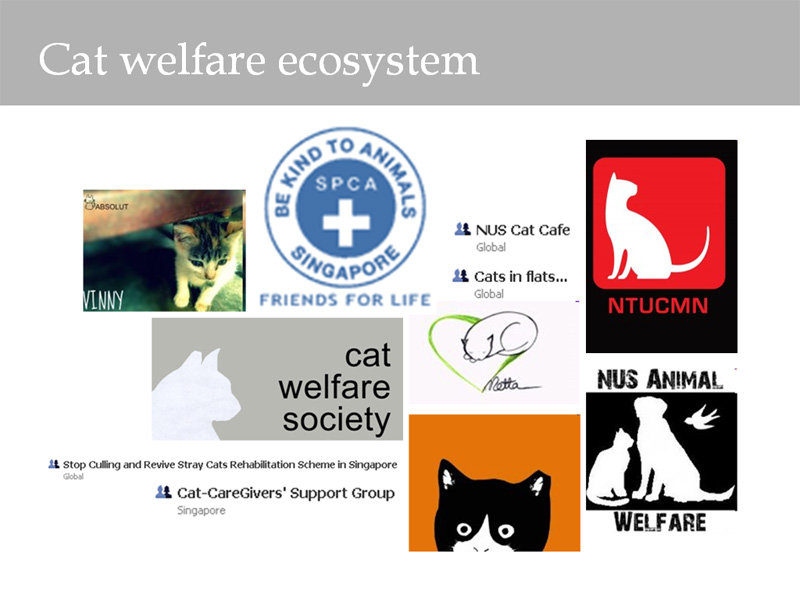
 Photo taken 6th April 2009
Photo taken 6th April 2009










